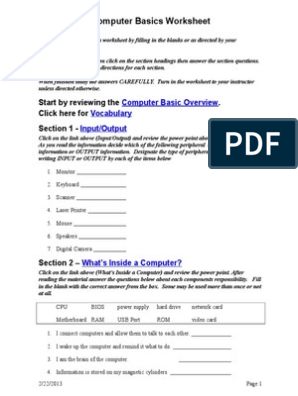0% found this document useful (0 votes)
10 views18 pagesMicrocontroller Lecture #8
Chapter 5 of BIOEN 442 focuses on arithmetic and logic instructions in microprocessors, specifically using the PIC architecture. It covers addition operations for unsigned and BCD numbers, including the use of specific instructions like ADDLW, ADDWF, and DAW for correcting BCD results. The chapter also discusses the implications of carry flags and provides examples for practical understanding of these concepts.
Uploaded by
lamazah78Copyright
© © All Rights Reserved
We take content rights seriously. If you suspect this is your content, claim it here.
Available Formats
Download as PPTX, PDF, TXT or read online on Scribd
0% found this document useful (0 votes)
10 views18 pagesMicrocontroller Lecture #8
Chapter 5 of BIOEN 442 focuses on arithmetic and logic instructions in microprocessors, specifically using the PIC architecture. It covers addition operations for unsigned and BCD numbers, including the use of specific instructions like ADDLW, ADDWF, and DAW for correcting BCD results. The chapter also discusses the implications of carry flags and provides examples for practical understanding of these concepts.
Uploaded by
lamazah78Copyright
© © All Rights Reserved
We take content rights seriously. If you suspect this is your content, claim it here.
Available Formats
Download as PPTX, PDF, TXT or read online on Scribd
/ 18



















































































